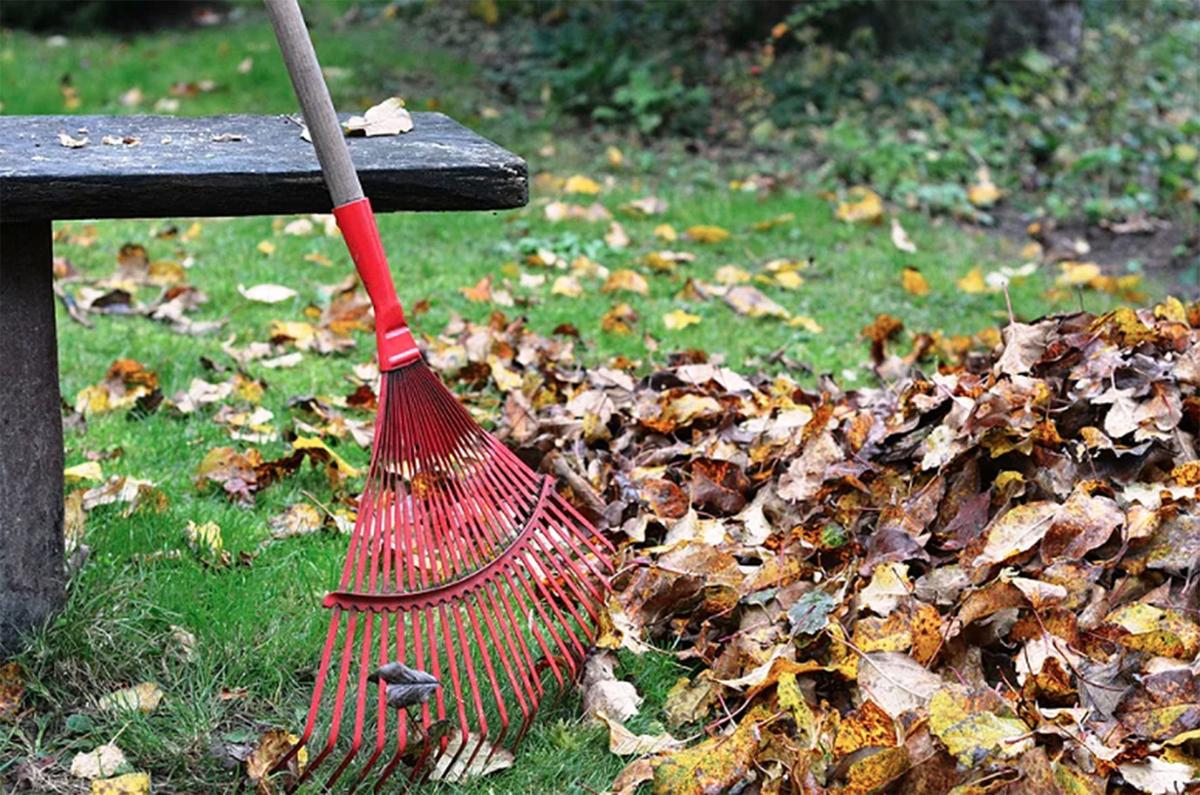After some nice windows of warm weather in March and then the April cool-down, we seem to once again be slowly marching toward spring.
If the transition from winter to spring has one universal between most households, it’s surely the tradition of spring cleaning.
In the physical therapy world, that means we’re going to start seeing patients come in with the aches and pains that come from washing screens, raking grass, and scraping that last bit of ice off the deck. Let’s briefly discuss some of the more common injuries we see as a result of spring cleaning activities, and then we’ll cover some ways to prevent those injuries.
Raking
It seems like such a simple activity, just dragging some metal or plastic across the brownish grass. While it’s true that moving a rake does not require a lot of force, it does require a lot of repetitions. Any activity that requires a lot of repetitive movements runs the risk of causing a repetitive strain injury.
The other difficult part about raking is that it involves a lot of twisting of the spine, which is a motion most of us don’t do a lot of in our normal routine. A high number of repetitions combined with an awkward movement is the perfect recipe for developing muscle strains and tendonitis. The two most commonly injured areas we see after lots of raking are the low back and the shoulder.
Indoor cleaning
Another activity with a high repetitive strain injury rate is washing screens and windows. As with raking, the real enemy here are lots of repetitions and abnormal body positioning. Any activity which requires repetitive movement with the hand positioned above the shoulder runs a high risk of causing problems in the rotator cuff of the shoulder.
The higher the reach, the more wear and tear that occurs at the joint. It is also worth noting that as we age, the likelihood that we have some sort of degeneration or tear in the rotator cuff tendons increases. Anyone over 40 is at a higher risk of having a degenerative tear, and the prevalence goes up every decade. Naturally, the combination of repetitive above-shoulder activities performed by an over 40 shoulder is a perfect recipe for a trip to your physical therapist.
Gardening
I’ve dedicated full columns to issues that accompany gardening in the past, so we’ll do a quick overview here. The repetitive activities performed when hoeing, digging, and shoveling can put increased stress on the elbow, particularly the outside part.
This tendonitis is sometimes referred to as tennis elbow, and as anyone who has dealt with it can tell you, it can be a real bugger to get rid of. The other major issue when gardening is needing to work with things on the ground. In my experience, most people plant their flowers by bending forward at the waist and reaching to the ground.
For very short periods, this type of bend is generally ok, but when done for more than a few minutes, it starts to create a lot of stress on the low back. There are safer alternatives, which we’ll touch on below.
Follow these guidelines to stay safe this spring:
Exercise
Your body needs to be strong and flexible enough to do the things you’re asking it to do. If a lot of repetitive overhead or twisting activities are in your future, you should be getting started on an exercise program which incorporates those movements at least a couple months ahead of time.
Chunk It
Break up large tasks into smaller ones. Instead of spending 2-3 hours raking then 3-4 hours in the garden, it would be better to alternate between the two ever hour or so. You should also be sitting down for a 20-30 minute break every 2-3 hours or so to give your joints and muscles a change to rest for short periods throughout the day.
Tool Time
Use the right tool for the right job. There are lots of ergonomically-designed yard tools on the market now, so a trip to Meyer Ace Hardware should be on your list if you’re looking for things like larger-handled trowels to reduce elbow strain, or a bench to sit on when planting flowers.
Listen to your body
If you start feeling pain, achiness, or noticeable fatigue in your joints or muscles, don’t push through it. Doing so would be a great way to ensure a trip to your physical therapist or doctor. If an ache or pain does develop, call any of our clinics to schedule a free 15 minute consultation.







